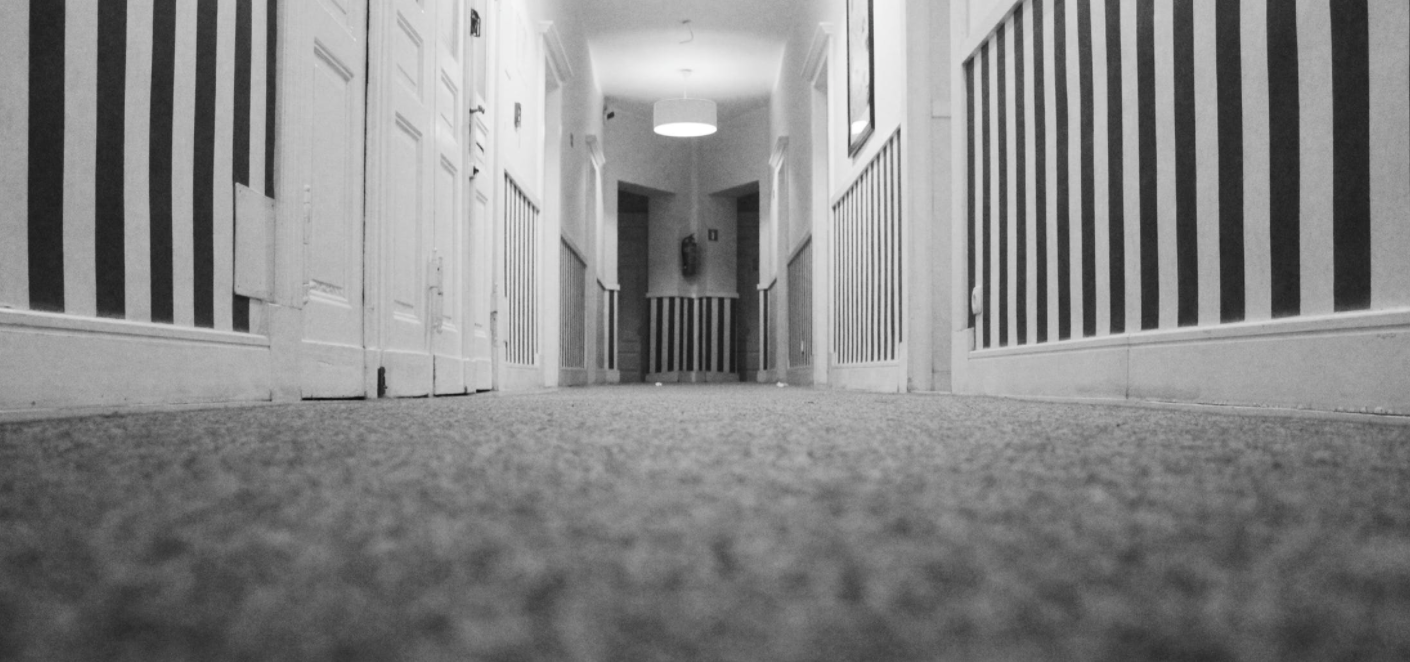Key Points
- When doing a security deposit return for a tenant, landlords must understand the legal and practical difference between property damages vs 'wear and tear' in order to take correctly return the tenants security deposit.
- Referring to state and local laws while also having clear internal standards will help landlords in deciphering the difference between wear and tear and property damage.
- Landlords must consider the length of tenancy and life expectancy of items when determining what to charge against a tenant's security deposit.
A question we’re often asked by owner landlords who invest in real estate is this:
"What should I charge to vacanting tenants security deposit? Should this item be considered damage, or is it 'wear and tear'?
Tenants want to know how much of their security deposit they will get back, while the real estate investor wonders what they should be withholding from the tenant’s security deposit.
Here are some thoughts and suggestions to consider:
Check Your State and Local Laws

The state of Colorado has a legal definition for wear and tear.
CRS 38-12-102 defines wear and tear as it relates to security deposits as “the deterioration which occurs, based upon the use for which the rental unit is intended without negligence, carelessness, accident, or abuse of the premises or equipment or chattels by the tenant or member of the household, or their invitees or guests.”
This definition gives us some guidance for wear and tear, and basically refers to the everyday effects of living in a property without complete carelessness or abuse.Have Internal Standards

Property owners and property management companies must also have internal standards regarding wear and tear.
What landlords should NOT do, is to take each property and situation on a case-by-case basis - don't make it up as you go! Instead, landlords should have clearly defined standards in order to make the process of differentiating 'wear and tear' versus damage fair and transparent.
At Grace Property Management, we provide a “Wear and Tear” guideline document. We make this document (with specific examples) available to all of our property owners and residents to help answer questions about this somewhat ambiguous topic.
In our Wear and Tear guidelines, we address:- Small holes in walls vs large holes - what is the difference?
- Worn carpet vs stained and ripped carpet
- Dirty windows vs broken windows
Also to Consider...
When determining what to charge against your tenant’s security deposit, you must also consider two important factors:
- Length of tenancy
- Life expectancy of the item you are charging them for
For example, if a tenant has lived in the property for 15 years and the carpet is destroyed and must be replaced, because the tenant has lived in the property for 15 years, the life expectancy of carpet has been exceeded. Therefore, it doesn’t matter how bad the carpet looks at the end of a 15-year occupancy - the landlord MAY NOT charge the tenant for replacement cost.
Get More Denver Property Management Guidance with Grace Property Management
Making a determination of wear and tear vs damage can sometimes be difficult. Consider us a resource if you have questions on how to make this determination for yourself.
With more than 40 years of property management experience in the Denver area, Grace Property Management can help guide you with these questions and more!
Learn more about security deposits in this blog post, and if you have specific property management questions, please reach out to our knowledgeable team!





